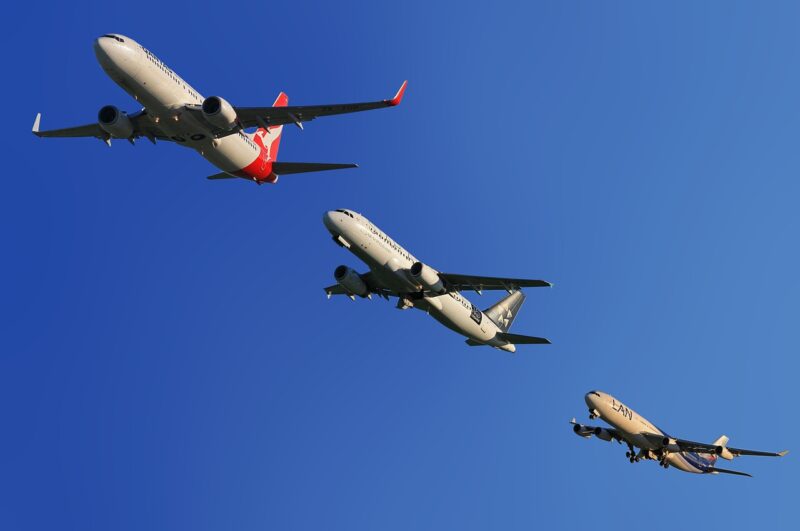-
Air cargo market sees double-digit growth and an uptick in general freight spot rates, according to Xeneta’s latest market analysis
-
Following January’s 11% growth in volumes, February saw a similarly welcome upward curve for airlines and freight forwarders with demand increasing +11% year-on-year
-
Average global cargo spot rate in February rose +2% from the previous month to US$2.29 per kilogram
The air cargo market saw double-digit growth in demand for January and February along with an uptick in general freight spot rates, according to Xeneta’s latest market analysis.
The strong positive start was a “surprising” development in what has traditionally been a slower time of year for airfreight volumes, the same analysis said.
Following January’s 11% growth in volumes, February saw a similarly welcome upward curve for airlines and freight forwarders with demand increasing +11% year-on-year. The average global cargo spot rate in February rose +2% from the previous month to US$2.29 per kilogram.
“It’s a surprising start to the year from a volume perspective, and not something people would have expected, ourselves included, with demand much higher than it was a year ago. Generally, we wouldn’t expect to see a rate uptick at this time of year. This is likely related to the Red Sea disruption, but this is not the only factor,” said Niall van de Wouw, Chief Airfreight Officer at Xeneta, an ocean and air freight rate benchmarking and analytics platform.
“Signals suggest inflation is not cooling because consumers are still spending. It’s not how much they are spending that’s boosting airfreight, it’s where they are spending. Trends indicate more consumers are buying on e-commerce platforms and the intercontinental nature of these businesses, as well as the speed with which they are expected to deliver, is benefiting air cargo. For some airlines, e-commerce now makes up over 50% of their revenue ex East Asia.
Xeneta referred to the increase as “unusual” compared to pre-pandemic trends for the same period.
Xeneta said “traditionally, air cargo spot rates tend to decline following the year-end peak season in the previous year, and in the period immediately after the Lunar New Year.”
This then rebounds towards the yearend holiday season, Xeneta added.
Van de Wouw said the industry is waiting to see what impact the airlines’ summer schedules will have as well as what happens next in the Red Sea.
Expectations are high that a downward pressure will force rates to head south.
As for the ongoing Red Sea crisis, its impact on ocean container shipping has understandably been negative, producing a positive spill over in favor of air cargo.
In February, the South Asia to Europe market led the growth in spot rates.
Although air freight rates are substantially higher than sea freight, seasonal products such as the latest fashion attire need to be delivered to retailers in set times, otherwise opportunities are lost. Think of summer attire arriving to the big department stores in autumn.
Having stock stuck in containers at sea is not acceptable, when the air freight option is available, albeit at a higher cost.
For now, airlines, forwarders, and shippers will be closely monitoring market trends as airlines get set to launch their summer schedules towards the end of March.
The necessary shift from sea to air freight – at least for now – will continue to shape the market, according to Van de Wouw, adding that “we also know the market will probably surprise us again in the coming weeks.”









